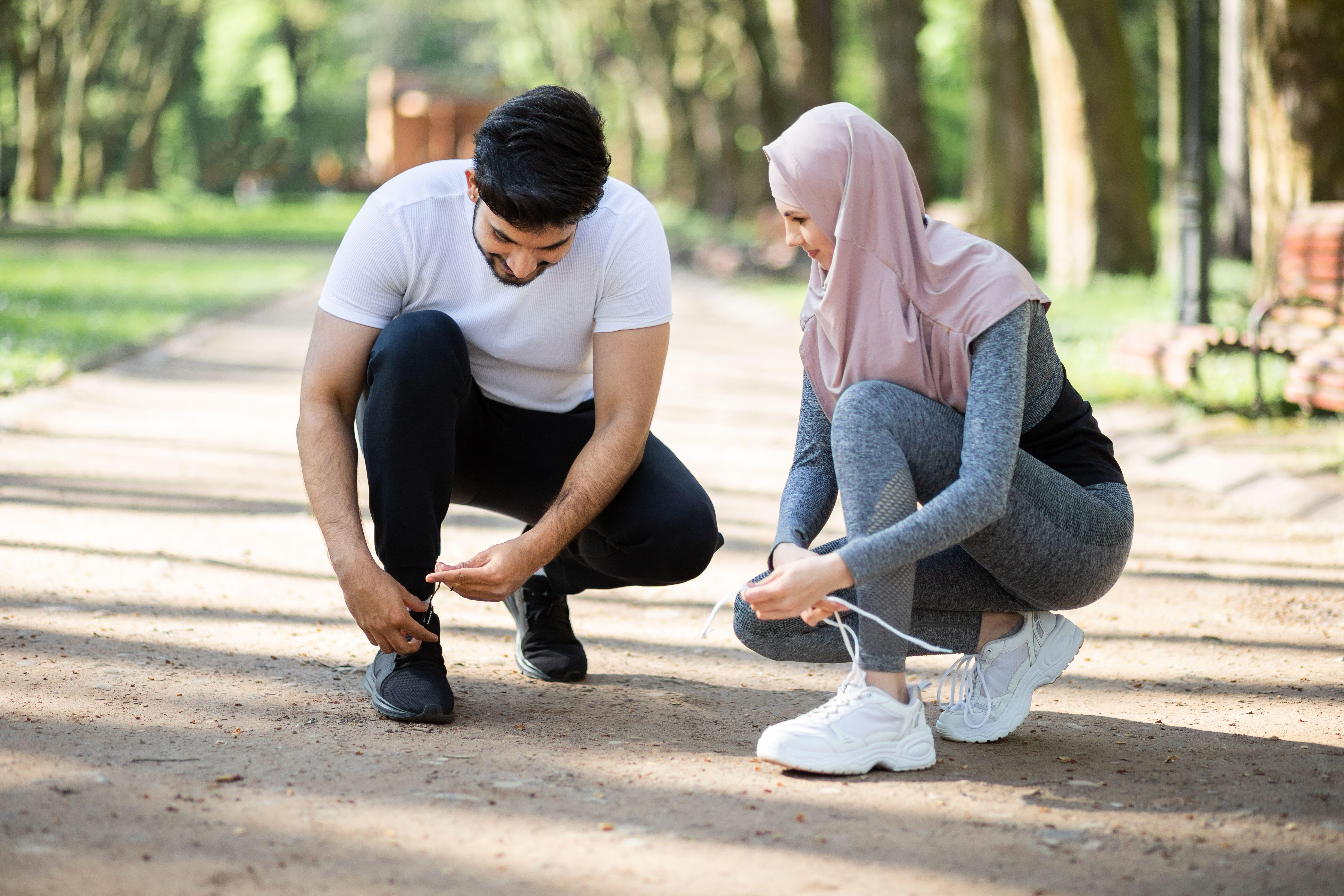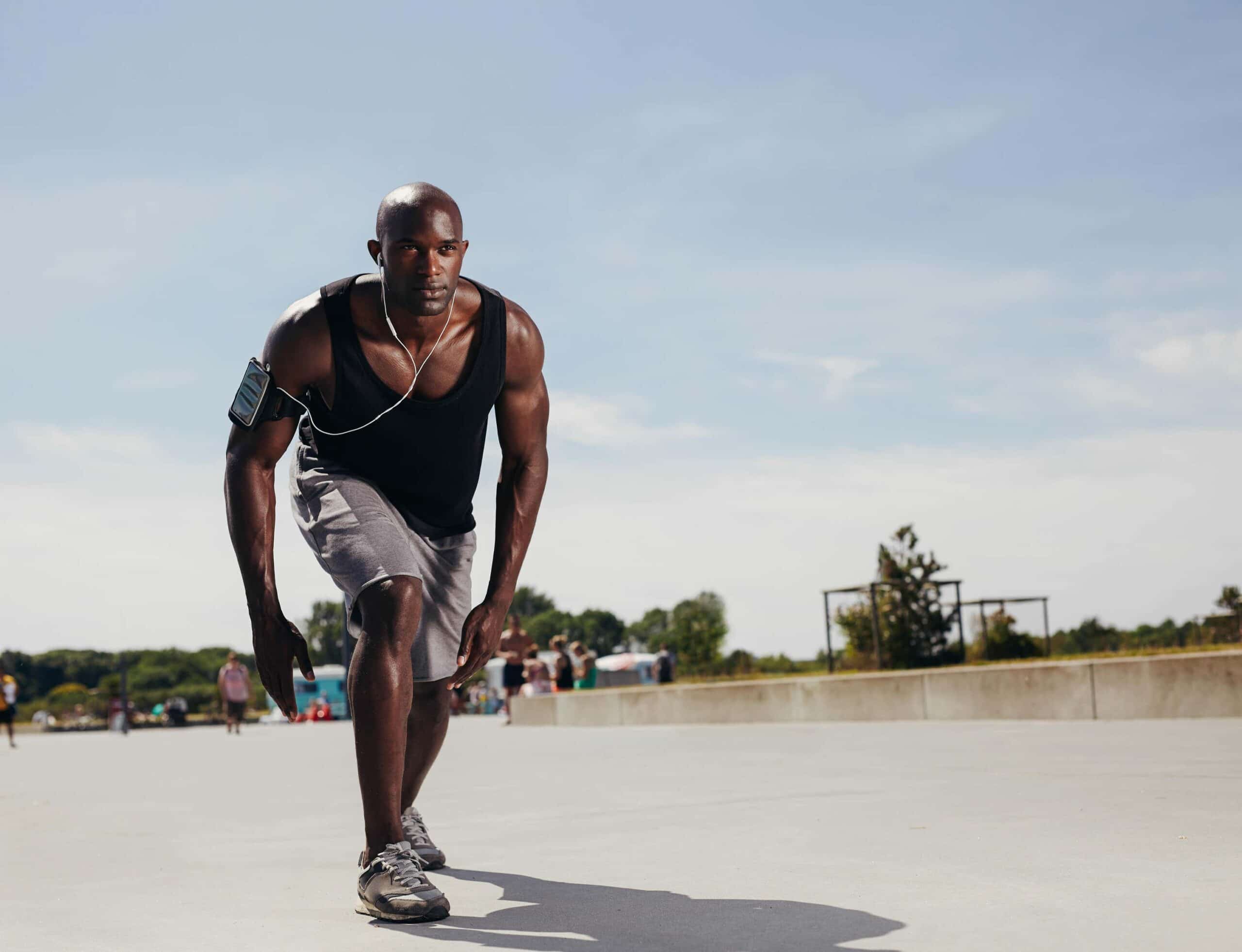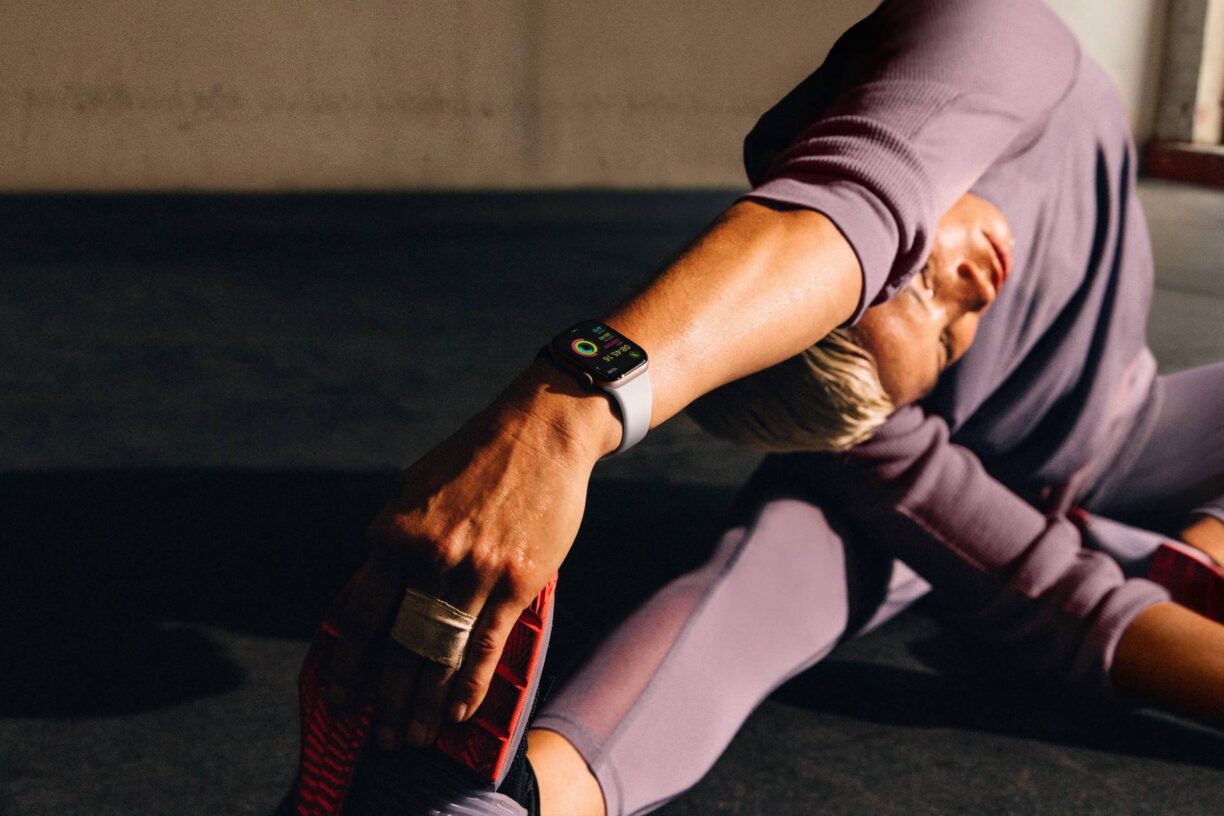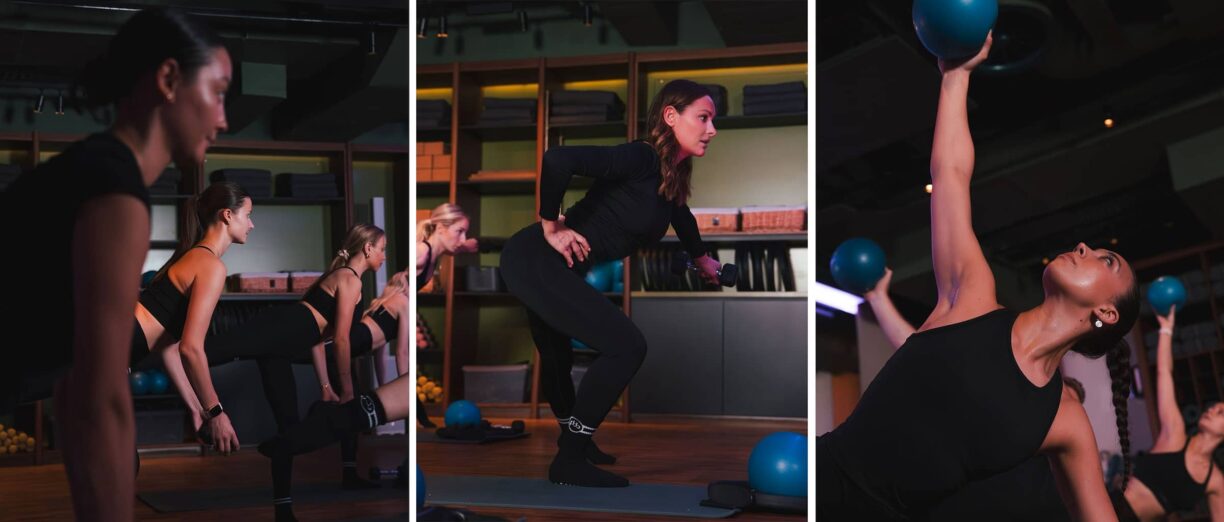Beautiful sunny days can seem a rare treat, so it’s natural to want throw on your trainers and make the most of the weather with a lunchtime run in the park.
But running in the heat can be a lot more tricky than you think, and if you’re not careful, you can easily max out too early and finish your first kilometre wanting to lie down in a hot, sweaty, exhausted mess.

Yep, summer training isn’t easy – but you don’t have to give up on your outdoor runs just because of the sunshine. It’s a case of being prepared, sensible and adapting as necessary. We asked some experts for their advice on safely managing the heat with summer running…
Why is running in heat so hard?
“Running in the heat causes a rapid increase in your core body temperature, which the body counteracts by redirecting the blood from our muscles to the skin to support the cooling process,” says NURVV Sport Scientist, Anna Kosciuk (nurvv.com).
Because of this, less blood is available to transport oxygen to the working muscles, and when your skin’s receiving the blood flow that would normally go to muscles, Koscuik says keeping pace becomes way more difficult: “The lack of oxygen quickly induces premature fatigue and results in a decline in muscle function, which can affect overall performance.”
In this way, running in the heat is quite similar to altitude training.

That overheated, heavy feeling is never pleasant, and dehydration can also play a role in its intensity.
When you haven’t drunk enough fluids, your body sweats less to stop you losing fluid more rapidly than you are replacing it, which means you have a harder time controlling your body temperature.
How should you adapt your running technique in the summer?
1. Time it right

Even on baking days, it’s significantly cooler around sunrise and sunset during summer months.
“A simple tip is to run in the morning or late afternoon, to avoid the hottest part of the day,” says Randall Cooper, sports physiotherapist and CEO of Premax (premax.co/uk).
Getting your run done first thing in the morning also leaves lunchtime free to focus on some all important recovery, like stretching and myofascial release.
2. Go slow

Cooper advises running a course that is mainly in the shade (woodland paths are good for this) and slowing your pace to adjust to the heat and humidity. It’s an obvious point, but the hottest day of the year is no time to aim for a PB.
Although your pace may feel torturously slow, your heart rate will still reach between the optimum 50-85% because of the extra challenge of the hot weather.
3. Make sure you’re drinking water often
“When you’re sweating more, you lose valuable fluids and electrolytes, which compromises the efficiency of the cooling process of the body,” says Kosciuk.

Wearing a hydration vest, like the Salomon Advance Skin 5 (currently £89.90 down from £110, wiggle.com) allows you to sip on a 1.5-litre bladder of water as you go, so you don’t have to wait until the finish line to properly rehydrate.
4. Consider your gear
When it comes to summer running, Cooper says “light, technical fabrics that wick sweat and allow the skin to breathe” are best.
Microfiber polyesters and cotton blends with mesh areas and vents will help to keep you cool, and a hat and UV sunglasses are essential for keeping your face and eyes protected from the rays. Wearing a broad spectrum of SPF50 on hot days is a no-brainer for runners too.

5. Get a good pair of running socks
“Specialist running socks will keep your feet dry to prevent blisters, as high temperatures increase the moisture in the shoes and often lead to painful wounds,” notes Kosciuk. We like Balega Blister Resist Running Socks (various styles available from Amazon and balega.co.uk) for keeping feet cool, comfy and dry.
Shoe choice is equally important. “Get your trainers fitted to the shape of your feet and the function of your foot and lower leg,” stresses Kosciuk. “There’s no better way to avoid injuries than to ensure appropriate support and structure around your feet.”
6. Plan ahead for the end of the session
Have extra water on hand, some small wet towels to place on the back of your neck or wrists, and know where you can get out of the heat and the sun into a cooler environment, says Cooper.
Replenishing the body with cold fluids is also a vital part of your post-run recovery. “A good rule is to ensure your urine is clear [not yellow] two to three hours after the session has ended,” says Cooper.

7. Sleep it off
Running in the heat will be more stressful on your body, and getting seven to nine hours of sleep is vital to allow the body to repair and recover. “If it’s possible, sleep in a cool room between 17-20°C. However, I’d recommended not running an air-conditioner, as the dry air will cause further dehydration overnight,” says Cooper.
A final word…
Despite the disadvantages of summer running, learning to adapt to the challenge of hot weather can actually make you a more efficient runner. “For runners who successfully adapt and acclimatise to hot conditions, it can actually improve athletic performance,” says Cooper. “This is because the body learns to sweat more, which improves thermoregulation, both in hot and cold conditions.
“Training in the heat can also lead to positive changes in blood plasma volume, reduce overall core temperature, reduce blood lactate levels and improve aerobic performance.”
That said, it can also be dangerous to run outside in the heat as it increases your risk of heat stroke and other potentially serious heat-related illnesses.
For this reason, Cooper says adapting to running in the heat should be done incrementally, over many sessions. “Not everyone responds to training in the heat in the same manner, so it definitely needs to be approached with caution,” he advises.





